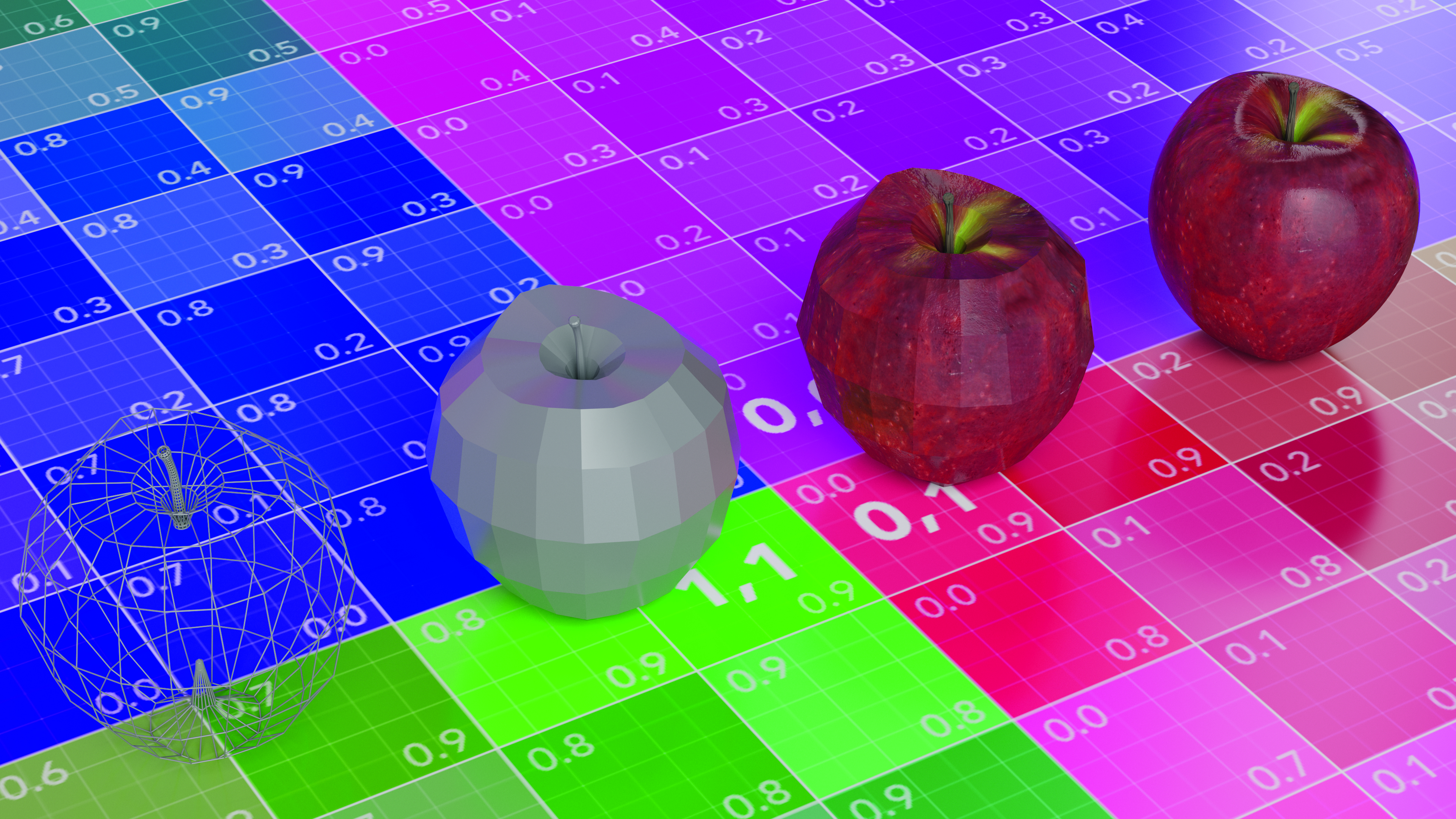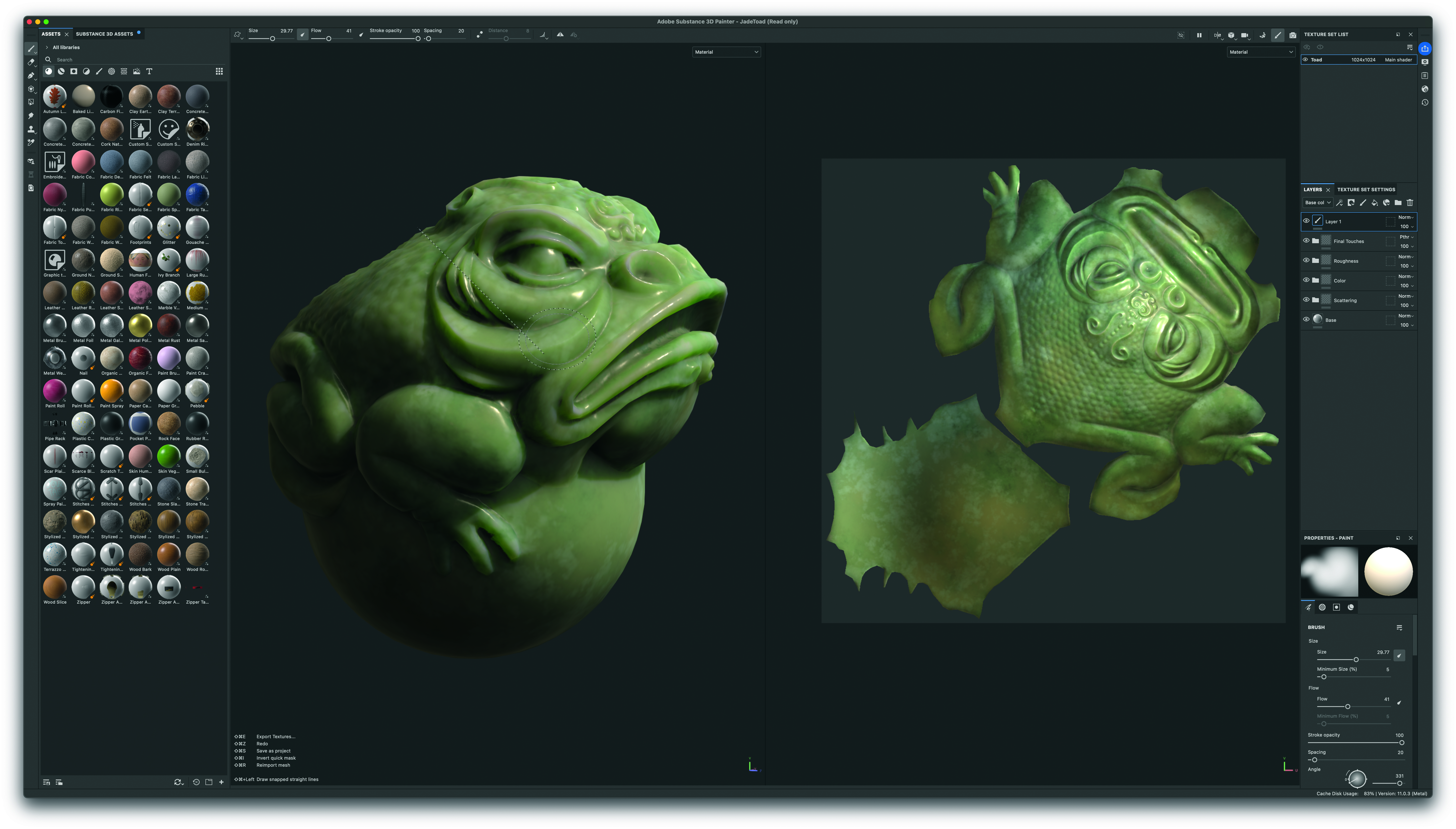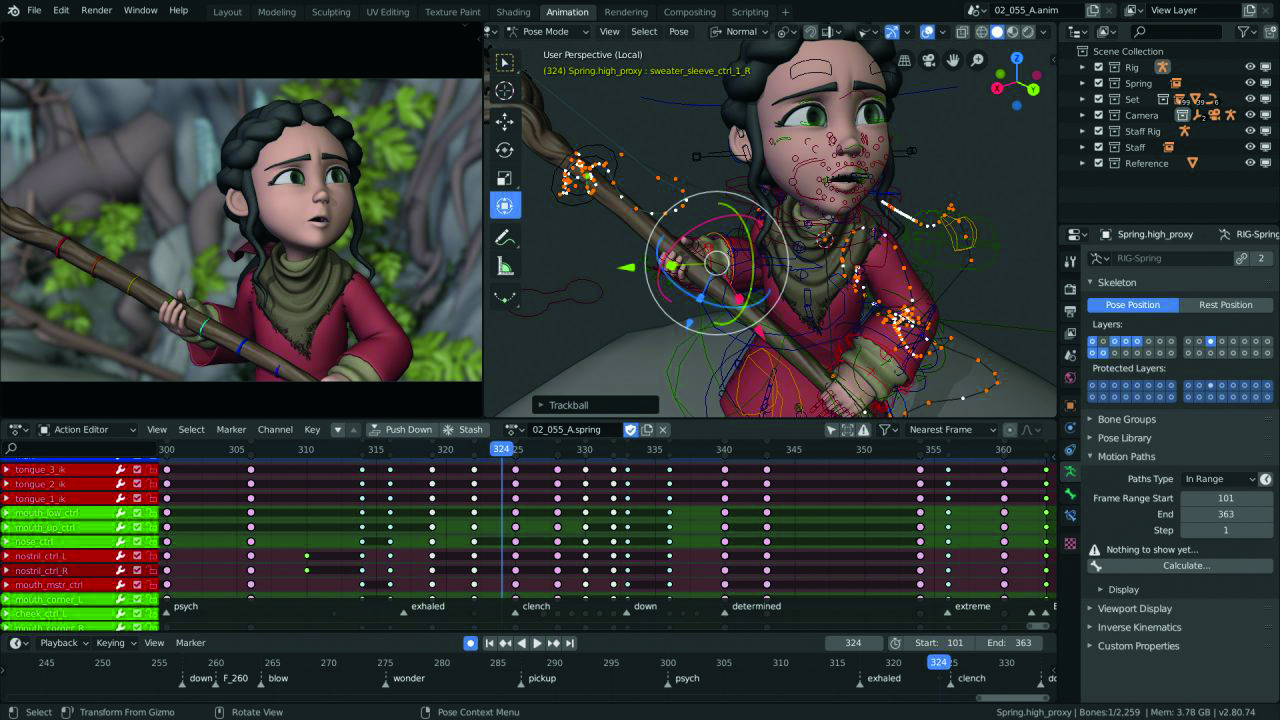How to choose the right 3D software for you
No-nonsense advice on choosing the right 3D app for your creative goals.

What happens when you’re interested in 3D creation, but every YouTube video or TikTok clip ends with someone insisting you need to learn a specific application to master 3D? “Start with Blender!”, “Maya is the industry standard for VFX!”, and so on. We do it too; our best 3D modelling software is pretty comprehensive.
The confusion arises because these facts, while true, don’t help an artist new to 3D find the right 3D tool for what they need. This explains why most 3D professionals and studios use multiple 3D applications throughout their 3D pipeline. While there are 3D applications that are jacks of all trades, the investment in learning a 3D tool from a time perspective should be focused on the imagery that you wish to create. Luckily, many applications cater to 3D artists of all types and levels of ability,

Real-time engines like Unreal Engine and Unity offer immediate visual feedback and interactive capabilities that traditional 3D applications cannot match. (Read our guide to the best game development software for more details on real-time apps.) However, they depend entirely on assets created in other applications.
Modelling can be handled in most applications, but some lean more heavily into certain areas. Cinema 4D, for example, is known as a motion graphics heavy hitter, while Maya is the king of character animation. Read our guide to the best 3D modelling software for more details, but below I'll pick three and explain why you may want to start with these.
1. 3D apps for sculpting

Sculpting applications like ZBrush (including ZBrush iPad) and Nomad Sculpt excel at organic forms through brush-based workflows that mirror traditional clay work. Blender also includes capable sculpting tools that work well for most projects. Traditional modelling in tools such as Maya, Cinema 4D or Blender allows for working to real-world dimensions – great for designing digital sets.
2. For surface texture

Texturing applications such as Adobe’s Substance Painter are optimised for realistic surface creation through layer-based workflows and automated material generation that can be time-consuming in general 3D apps. These texturing tools can be useful to learn because they can create assets for a range of 3D workflows.
3. Rendering your models

For final output, traditional rendering engines such as Cycles, Redshift, or Arnold optimise for photorealistic quality through complex calculations over time, while real-time engines like Unreal Engine prioritise instant feedback and user interaction. The choice depends on the product: games need real-time responsiveness, films need rendering quality. Read our guide to the best rendering software for more details.
Daily design news, reviews, how-tos and more, as picked by the editors.

Mike Griggs is a veteran digital content creator and technical writer. For nearly 30 years, Mike has been creating digital artwork, animations and VR elements for multi-national companies and world-class museums. Mike has been a writer for 3D World Magazine and Creative Bloq for over 10 years, where he has shared his passion for demystifying the process of digital content creation.
You must confirm your public display name before commenting
Please logout and then login again, you will then be prompted to enter your display name.
